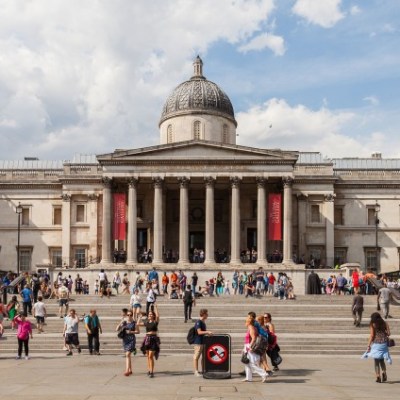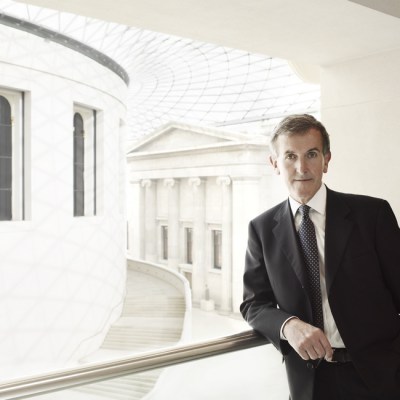The National Gallery leadership might actually be relieved at the prospect of a tube strike this week. The fewer people make it to the gallery, the fewer will notice that the institution is weathering yet another staff walkout of its own. On Wednesday and Thursday, members of the Public and Commercial Services union (PCS) on the gallery payroll are taking industrial action to protest the privatisation of visitor services. ‘Continuous strike action’ is also threatened from 11 August, to coincide with the arrival of Gabriele Finaldi, the gallery’s new director.
This is the latest in a protracted and increasingly bitter dispute, which has already resulted in some 50 days of strike action and the controversial dismissal of union rep Candy Udwin. The gallery’s management team argues that privatisation will allow the museum to operate more flexibly and cost-effectively – a necessity in the wake of cuts in government grant-in-aid to national museums. Last week the gallery announced the appointment of Securitas to oversee some of its security and front-of-house staff. They promise that those moving to work under Securitas can do so ‘with the same terms and conditions’ as before, but the PCS contests this.
However this issue is resolved (or not), we can be reasonably sure it won’t be the last such confrontation between museums and those who work in them. Museum and gallery leaders in the UK face difficult decisions as they face ever-shrinking budgets and attendant commercial pressures – some of which are likely to affect core services, or at least be perceived as doing so, and to prove unpopular. With new directors lined up for almost all of London’s major public galleries, museum workers throughout the capital may well be feeling edgy, and watching this particular dispute very closely indeed.



